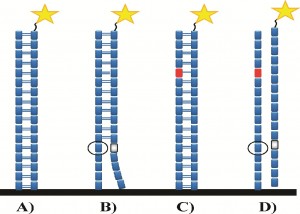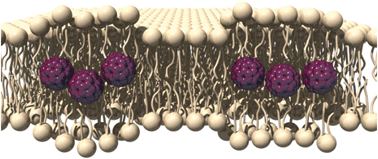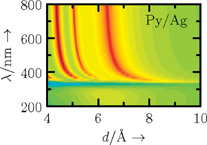What’s better than a short synthetic DNA sequence? That’s right: a long synthetic DNA sequence, able to take part in biological processes.
DNA and RNA are routinely synthesised using solid phase synthesis, connecting the bases through phosphodiester linkages. This method, however, imposes limitations on the length of the strand produced. Current methods employ enzymes to achieve larger oligonucleotides, which have disadvantages such as poor quality and stability and can be laborious.
Tom Brown and Afaf El-Sagheer at the University of Southampton, UK, have now demonstrated that these limitations can be overcome by the flick of a ‘click’ – they chemically ligated oligonucleotides functionalised with chemoselective azide and alkyne moieties using click chemistry to produce long nucleic acid sequences. After personally struggling to conjugate biological moieties using click chemistry for my Ph.D., I can assure you this is no mean feat!

Previous work by the group has shown that oligonucleotides with triazole-modified backbones do not inhibit replication and so they were interested to see if the same would be true for transcription – a fundamentally different process. The primary concern was how modification of the phosphodiester backbone would affect the template strand’s ability to participate in the transcription process.
By synthesising two triazole-modified DNA template strands, one with the triazole unit in the coding sequence and the other with the modification in the T7 RNA promoter region, El-Sagheer and Brown were able to evaluate the impact of changing the template strand backbone in comparison with the equivalent non-modified templates. Both modified strands successfully took part in transcription to produce RNA in good yield. The result: fully-synthetic, biologically-active DNA templates successfully synthesising RNA. This is not only an elegant demonstration of the abilities of click chemistry but could also be fundamental in changing approaches to the synthesis of biological constructs.
To read more about Brown’s research, download the ChemComm article today.
Posted on behalf of Sarah Brown, web science writer for ChemComm.
















